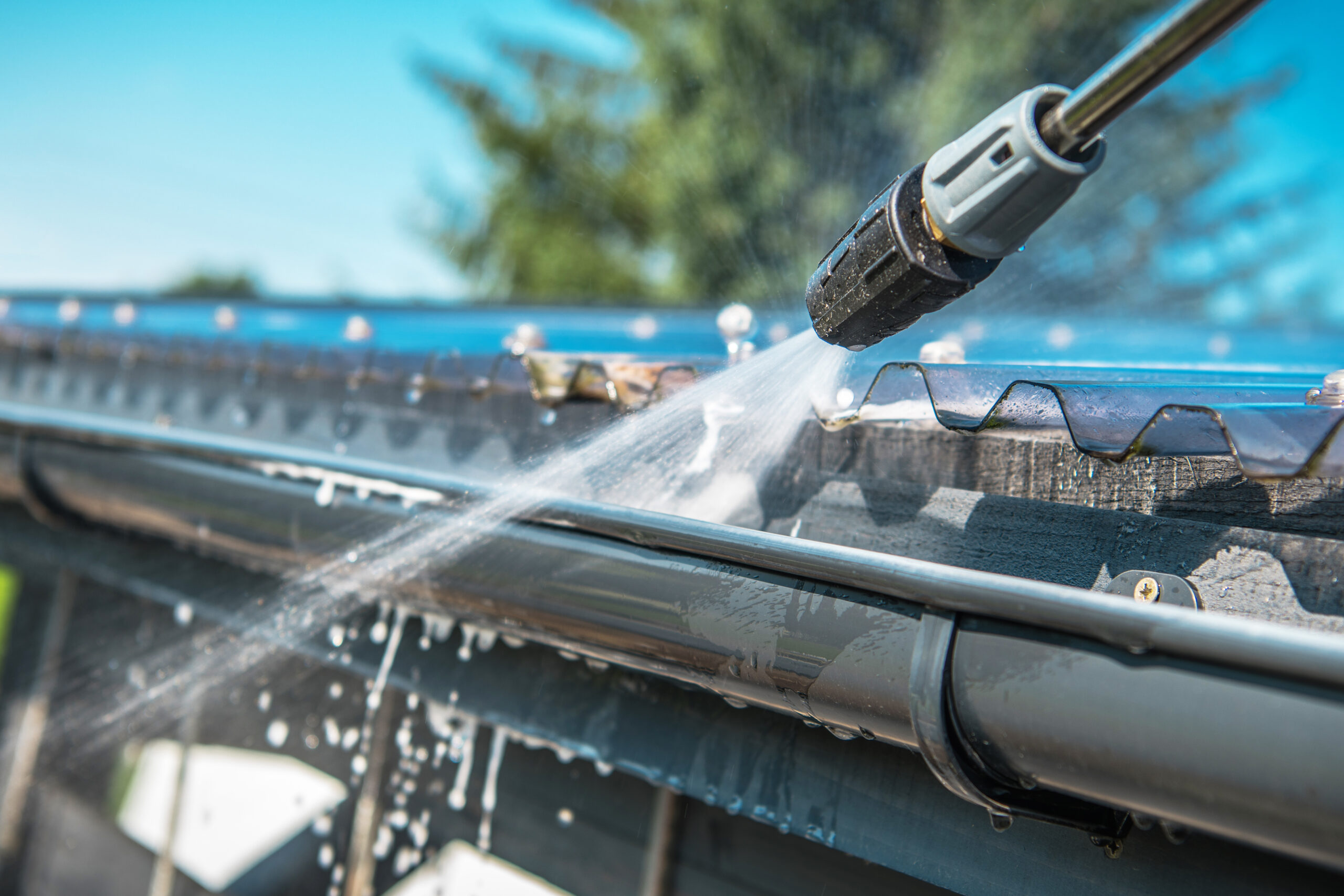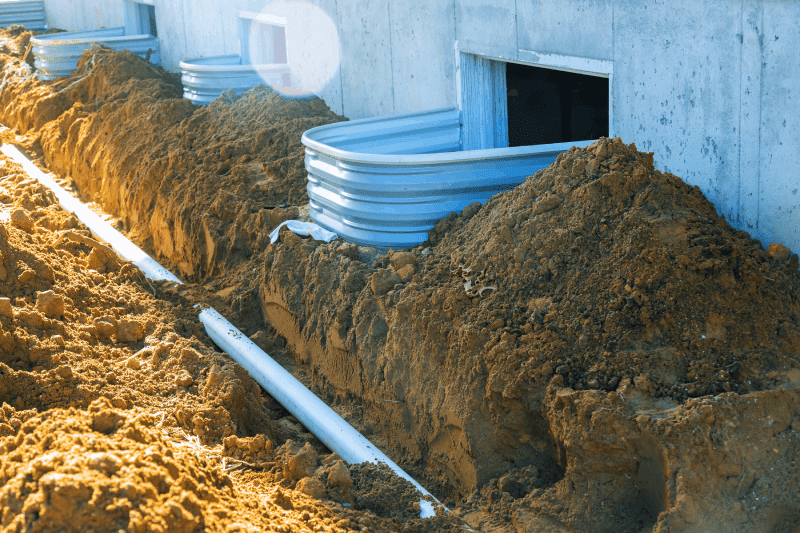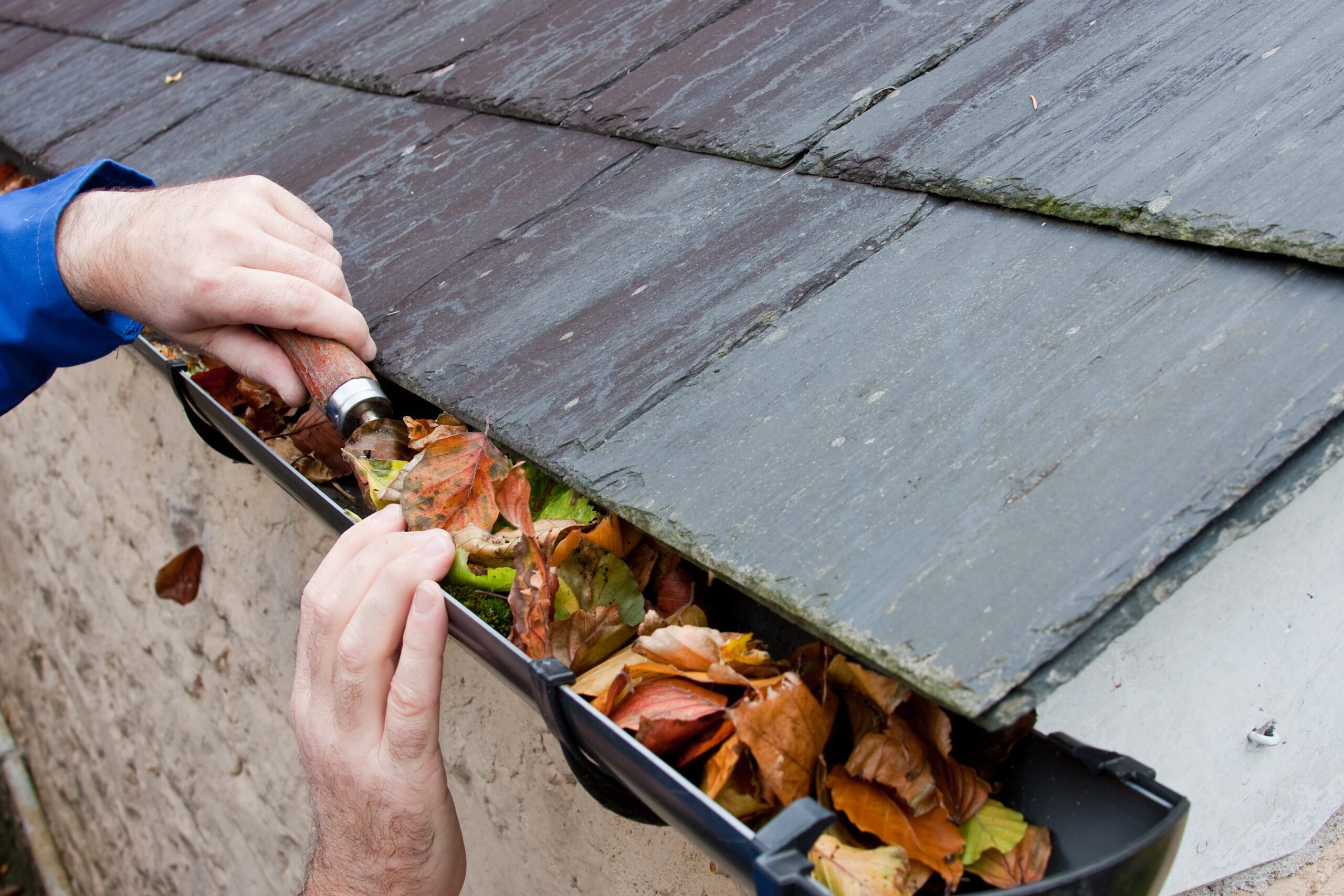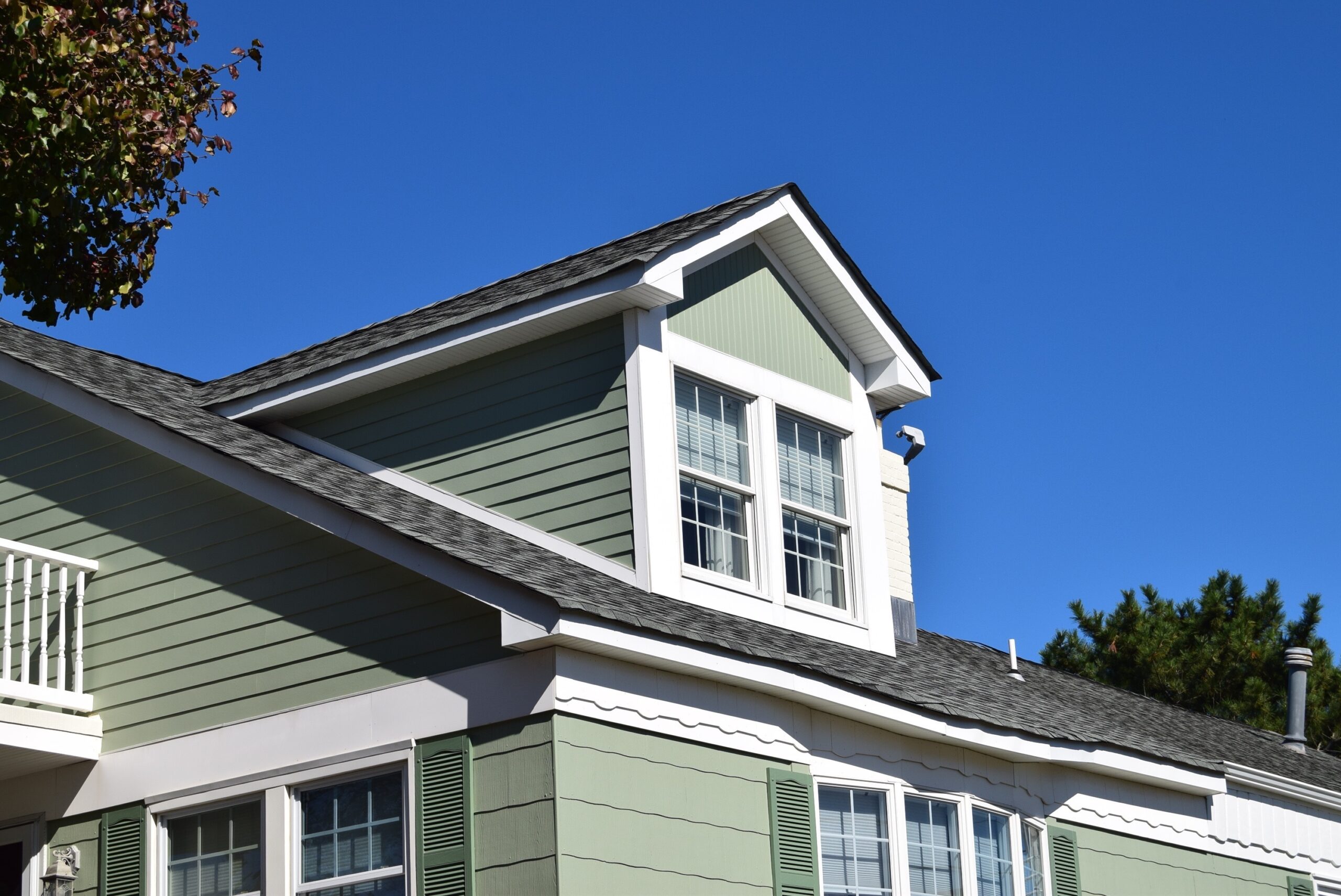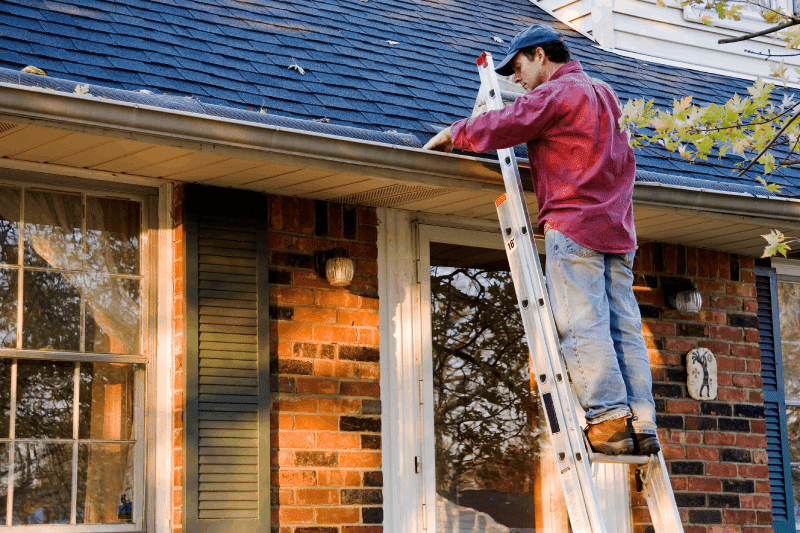
Homeowners often find themselves sick of cleaning their gutters and make the decision to invest in a gutter cover system. However, when selecting a gutter cover system, it’s easy to quickly become overwhelmed with choices. In an effort to simplify this process, we are going to break down and compare some of the most popular gutter cover systems on the market. But, before we dive into the details of each, it’s important to understand what a gutter cover system is and why you might want to consider installing one.
What are gutter cover systems and do I really need one?
Gutter covers are also commonly called gutter guards or gutter grates and are installed coverings, typically fashioned to the top of gutters. Gutter covers also include an opening that allows water to come off of the roof and pass through the gutter with the goal of also blocking debris from entering. Whether or not you need a gutter cover system depends on how often you’re able to clean your gutters and where you live. While many homeowners often think that cleaning your gutters twice a year is sufficient, it actually depends on the foliage surrounding your home, and twice a year may not be nearly enough. For example, those with pine trees in their surrounding area may need to clean their gutters once every two to three months. Cleaning gutters is imperative, but can also be a dangerous and laborious task.
Do I have to clean my gutters if I have gutter covers?
Without a gutter cover system, downspouts can become clogged with all manner of debris, leaves, twigs, pine needles, and more. Such blockages typically lead to standing water in gutters, which then tends to overflow, and overflow from blockages can cause potential damage to a home’s foundation and foundation planting. If gutters are not cleaned, and the issue is left unattended, debris may begin to decompose and potentially rot, which presents a host of other issues.
One of the greatest benefits of gutter guards or gutter covers is that, if they are a high-quality material and design and they are installed properly, they minimize and typically negate the need to clean your gutters. However, as you will find out in this blog, not all gutter covers are of the same quality, meaning you may still need to clean your gutters from time to time if the right gutter cover system is not installed.
What are the different types of gutter cover systems?
While it may seem like there are endless options for gutter cover systems, there are really only six that are commonly used. These gutter cover systems include screen systems, reverse curve systems, brush systems, foam systems, mesh symptoms, and micro-mesh systems.
Screen Gutter Covers
Screen gutter covers are typically made up of a wire or plastic grid pattern that attempts to block leaves from entering the gutter, so some gutter cleaning will still be necessary. They are installed by lifting up the edge of roof shingles and placing the edge of the gutter screen beneath. With this model, the roof shingles are responsible for holding up the gutter cover in place. However, gutter screens are not usually screwed down and can therefore be susceptible to becoming dislodged by high winds or from shingles that become misplaced. In some cases, lifting roof shingles can also void roof warranties, so a homeowner should contact their shingle manufacturer before installing a screen gutter cover.
Reverse Curve Gutter Covers
A reverse curve gutter cover system is typically made out of molded plastic or lightweight metal. With this design, water is made to flow over the top of the gutter screen and around a downward curve before entering the gutter. Ideally, this model leads to debris sliding off of the edge of the gutter cover and falling to the ground. However, as this system must be attached to the proper angle of a roof’s fascia, it leaves room for error. If the right angle is not achieved during installation, water can simply pour over the edge rather than following the curve of the gutter cover. If a homeowner is selecting this gutter cover system, they should also be sure to pick one that matches the color and aesthetic of their home as these systems can appear to look like full gutter covers from the ground, and sometimes stand out.
Brush Gutter Covers
A brush gutter cover is a type of gutter cover that rests inside of the gutter. The idea behind this design is that it will prevent large debris from entering the gutter. Brush gutter covers usually do not require any screws or significant connection to the gutters. The core of the material is a flexible metal that allows for them to be bent and formed around corners or oddly shaped drainage systems. The downside of these gutter covers is that they do not prevent smaller debris from entering the gutters, which means homeowners will still be required to clean their gutters regularly.
Foam Gutter Covers
Foam gutter covers are typically not advisable for homeowners in areas that experience heavy or frequent rain. Unfortunately, heavy rain can cause the foam to become fully saturated and lead to overflowing gutters. This system is also one that sits within the gutter and is cut in the shape of a triangle that is situated with one flat side on the back of the gutter, another facing the top to prevent debris, and the third facing diagonal within the gutter which allows water and small debris to flow into the gutter. Therefore, this is another gutter cover system that still requires regular cleaning and also maintenance.
Mesh Gutter Cover Systems
Mesh gutter covers allow for water to run through small holes in the top of the gutter cover while simultaneously blocking out twigs, pine needles, and larger debris. There are typically three main ways these gutter covers are installed which include placing the edge beneath the first row of shingles, fastening the cover to the top of the gutter, or attaching a flange to the fascia. These gutter systems are similar to a screen system and require less frequent gutter cleaning.
Micro-Mesh Gutter Cover Systems
A micro-mesh gutter cover system is, expectedly, very similar to a mesh system. However, the holes in the top of the gutter cover are even smaller and ensure that nearly no debris passes through the gutter cover. These are often considered the most ideal type of gutter cover as they block the most debris and allow for the best water flow, moving away from the foundation of a building. However, a homeowner should be aware that there are significant differences between these systems based on the quality of material chosen.
Our Gutter Covers
At Home Evolutions VA, we are proud to install the Xtreme mesh gutter guard system. Our gutter cover systems are made of surgical-grade stainless steel that blocks even the smallest of debris, including pine needles, from entering. With our gutter cover system, homeowners can be free of the often dangerous and laborious task of cleaning their gutters. We offer installations on residential or commercial properties and offer free consultations. Contact us today for more information.


